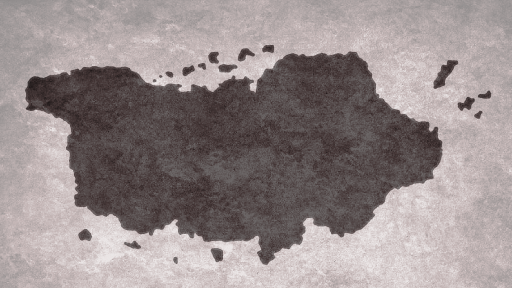Sqiqulus'athus
The city is built on top of the confluence of the X̌aluca' Rivers with its second largest lake. Most of the homes and buildings are connected to either the river or the lake, either by being built on top of them with platforms, or through a series of underground water tunnels. However, a recent trend has started to build the city inland with no connectivity to water, though many Sqʷn̓ečstm look down upon a family that lives disconnected from water.
Neighbourhoods
Melhu
Melhu roughly translates to "the people's area". It is a public space of gardens, relaxation, but it also contains the government buildings on the north shore. It is walled in on both the west and east sides with underwater walls and towers to help defend from attacks from the lake. During peaceful times, most of the water is required to be kept empty from platforms and buildings so that it can be enjoyed as a public space.Illuq
Illuq is the commerical core of Sqiqulus'athus. The Trans-Ajil Zam ends here in the market square. The vendors continue out over the river. It is so dense in spots that land based species can easily walk across the river, but there is also a passenger ferry service that connects the north and south shores. The first underwater layer is reserved for civilian swimming infrastructure, and the second layer beneath that is reserved for any larger shipping needs.Thi and Ux Luca
Thiluca roughly translates to "big lake" and Uxluca to "small lake". These neighbourhoods cover the lakeshore from north to south. Thiluca is further split into two sections, Qe (new) and Qi (old) named for when they were originally settled. These are largely residential areas, with small villages every few minutes of walking. The lakeside homes tend to be more desirable than homes in other areas due to less pollution from industry and more space on the water. Uxluca is even more desirable as its homes tend to be larger and richer. However, some describe it as having less culture and a boring place to live.Staluw
Staluw is the river neighbourhood, and named as such. It covers both the north and south shores, as well as the river itself. Many homes and buildings adorn the water itself, but a shipping lane is always kept open in the middle of the river. This lane gets wider the further upstream you go, where more industry activity takes place. The bulk of the water based population lives among the river.Tumuxw
Tumuxw is the newest neighbourhood but has seen the largest recent growth. This is speculated due to a combination of the cheaper cost of land and the cultural shift away from needing to live on the water. Tumuxw is named for its lack of connection to the water of any kind. The only transportation in and out is through its land based roads and alleys. Due to the stigma involved and living away from the water, there has been very little oversight into the development of this region, making key infrastructure and utilities inconsistent and city planning non-existent. However, more and more families are moving here as the culture is shifting water space close to the city is available. Residents in this area are commonly referred to as Tumuxwqeq (land babies) by the water based residents. In response, the residents of Tumuxw have started referring to the water based residents as Lhuqwpatun (wet rags).Demographics
The city is almost entirely made up of Sqʷn̓ečstm. This is mostly since the city is half built on the water and relies on water based transport to get to most locations. It is also relatively remote and hard to get to compared to other cities in other nations. However, as the easiest Mel̓ux̌aca’ city to get to by land, it the most diverse city in the nation.
Alternative Name(s)
Tewum Ka
Population
33,000
Location under
Owning Organization



Comments